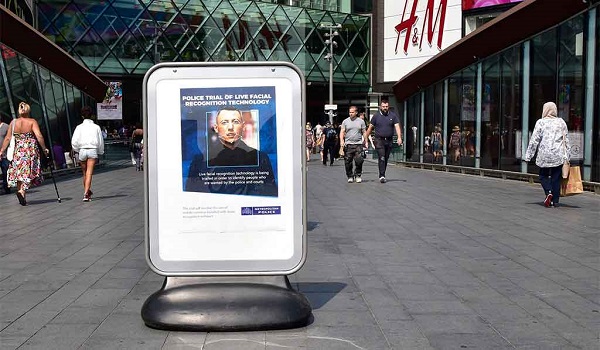DYVINE intervention
Britain has an incredibly high number of CCTV cameras however, recently studies show that theyre not having the intended effect of reducing crime or making people feel safer. But what if all the cameras in a given city could not only be joined up into one system, but had the intelligence to flag problems to control room operators? An EC-funded project is making that a reality. Police Professional travelled to Valencia, Spain, to watch the trials.

Britain has an incredibly high number of CCTV cameras however, recently studies show that theyre not having the intended effect of reducing crime or making people feel safer. But what if all the cameras in a given city could not only be joined up into one system, but had the intelligence to flag problems to control room operators? An EC-funded project is making that a reality. Police Professional travelled to Valencia, Spain, to watch the trials.
A van parks in a restricted zone in front of a government building its movement is picked up by an outdoor security camera that is fitted with a special sensor. The information is relayed back to a central command centre, where a detailed 3D layout of the city is regularly monitored. A small circle with an arrow pointing to the area in question comes up, reading Alarm.
The person manning the system is able to access the camera and view the situation. Someone approaches the van and the driver pulls away, seemingly wary. The vehicle carries on down the road, but the control centre is able to follow it, accessing the many cameras owned by private and official bodies along the way its movement is plotted along the 3D map so that controllers can even predict where it may turn next.
It is approaching a dark area, where there are no cameras of any kind. An unmarked police car kitted out with a rotatable roof camera is dispatched to that area to get the van in view and it continues to be tracked on the map.
Across town, smoke starts to pour from the top floor of an office building. Its picked up by another camera which is fitted with a sensor that detects changes in structural integrity. An alarm is raised on a 3D map being monitored by the citys fire dispatch centre. The controllers there patch in to the camera and can view the situation to determine the best response.
A stabbing is then phoned in from a local school car park. Police and ambulance services access a council camera pointed at the area in question. While the ambulance service dispatches a team to tend to the victim, the police also access the surrounding cameras in the area and detect three hooded teenagers, who fit the description of the suspects, making their way west three blocks away. Controllers are able to follow their movement on the 3D map all the way to a housing estate a mile away, where they access another local council camera and watch the suspects enter the middle tower block.
There are so many cameras in Britain that the average citizen is caught on CCTV 300 times a day. However, these closed circuit systems are displayed on a large number of different screens and are monitored separately by numerous independent organisations and the operators have to be vigilant at all times. This can be laborious and costly.
Recently, Dorset Police made an appeal for community minded members of the public to help watch police screens showing live footage from 26 cameras in three towns. While the local police federation called it Dads Army policing, the force said that crime wasnt high enough to warrant spending taxpayer money on 24-hour monitoring by paid officers. Volunteers would be vetted by the Criminal Records Bureau and fully trained.
But wouldnt it be easier if all the cameras in a given area could be used as one system, and that system had the intelligence to flag problems so that they could be prioritised?
Integrated system
A new cooperative project, funded by the European Commission, spearheaded by EADS Defence and Security and involving several companies, universities and cities, has designed a federative system which is able to integrate all the cameras of a town, whomever they belong to, and link them with other cameras fixed or mobile, in situ or airborne to provide risk management agencies with an accurate up-to-date situation picture of relevant events happening around the area.
The project is called Dynamic Visual Networks (DYVINE).
DYVINE turns camera



